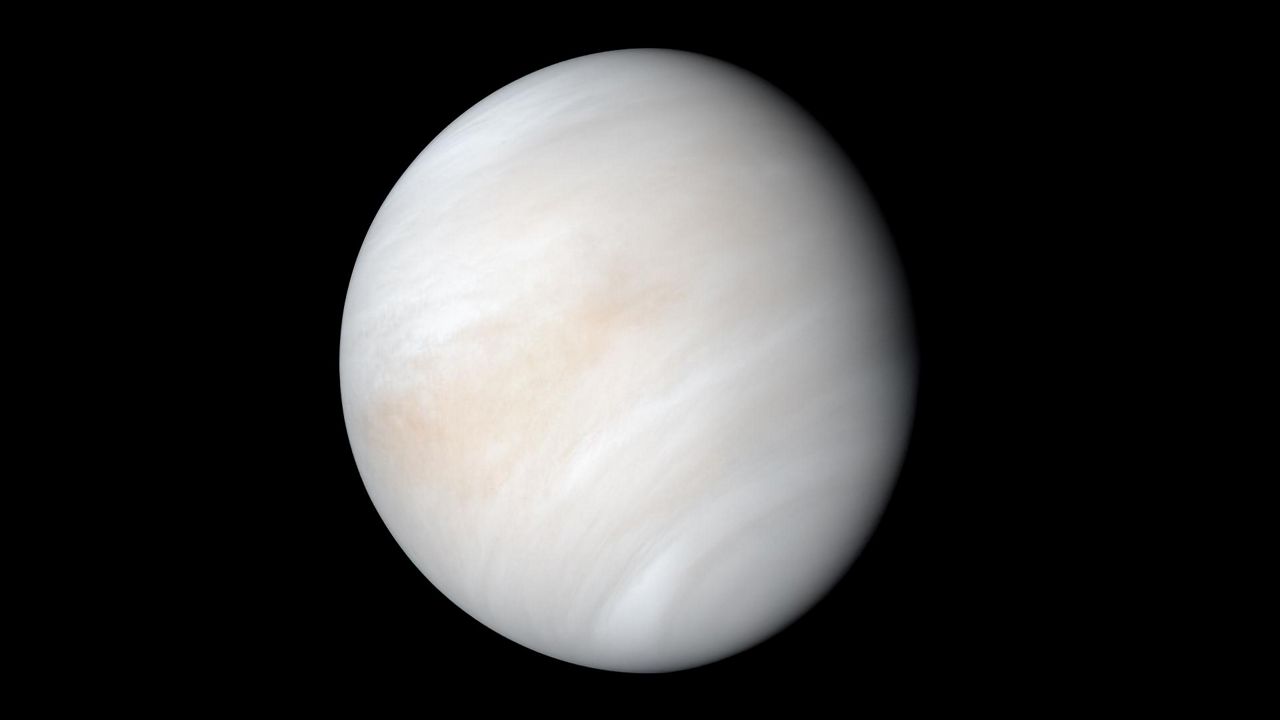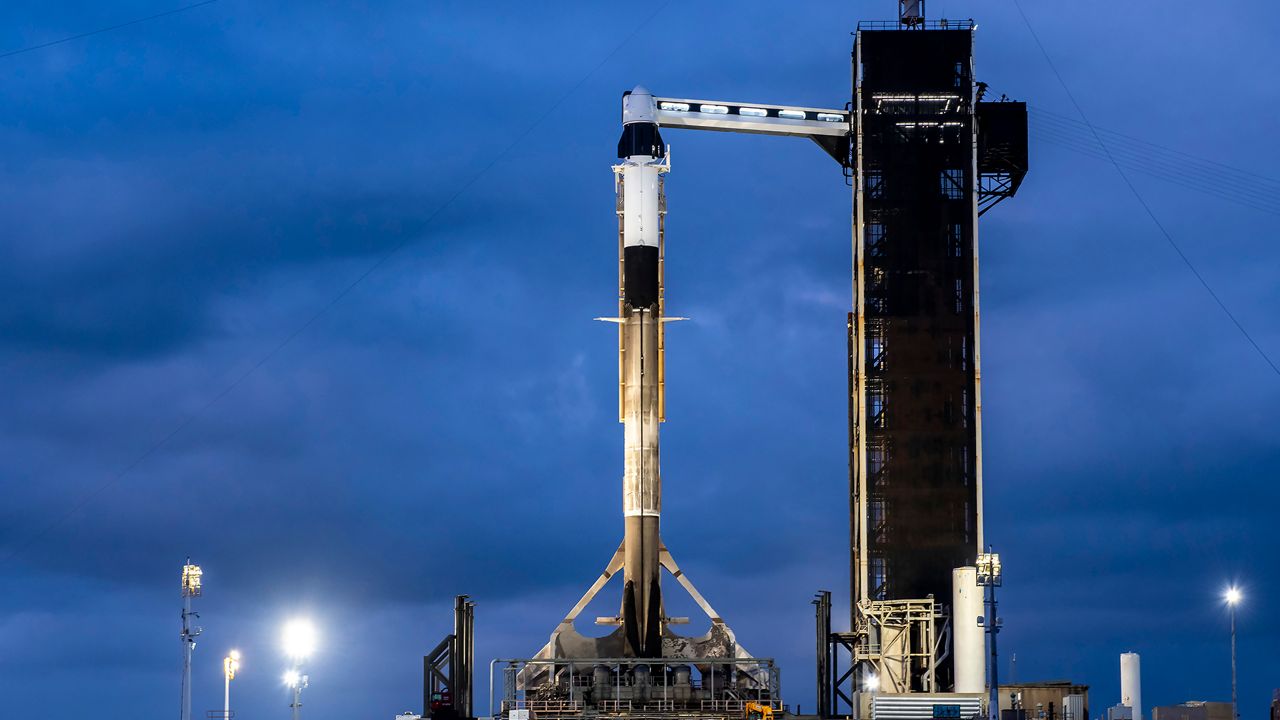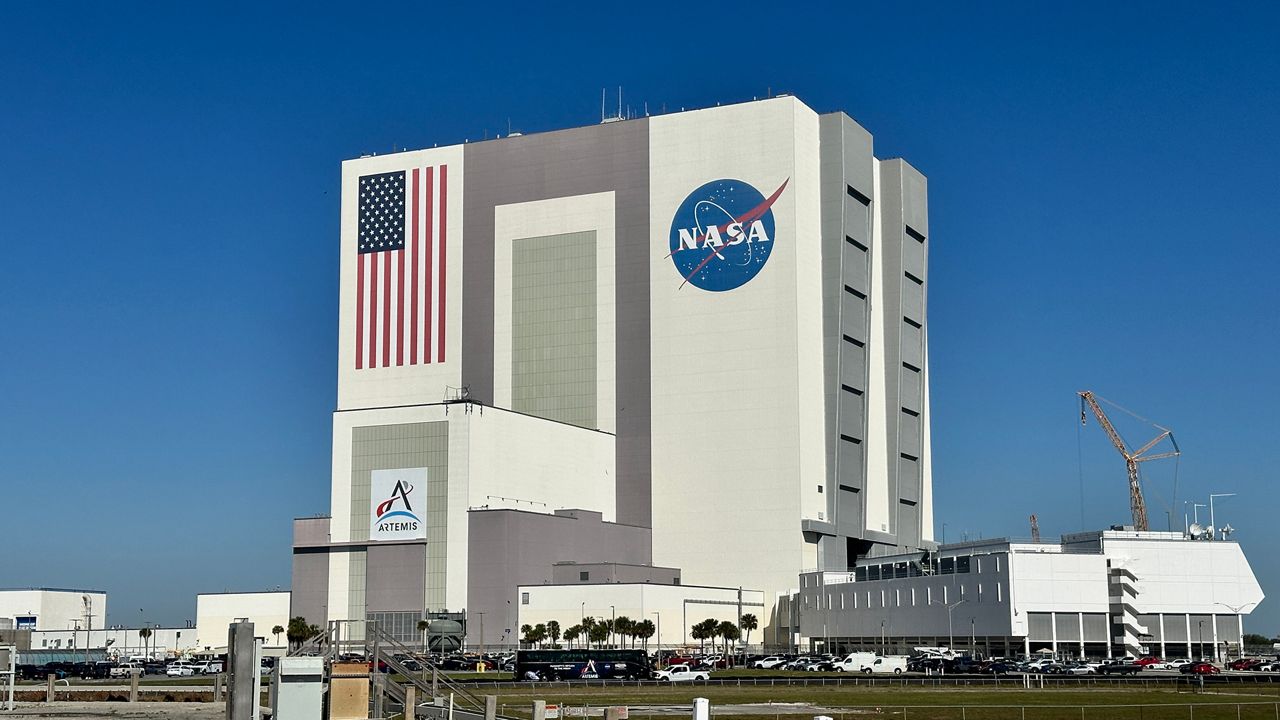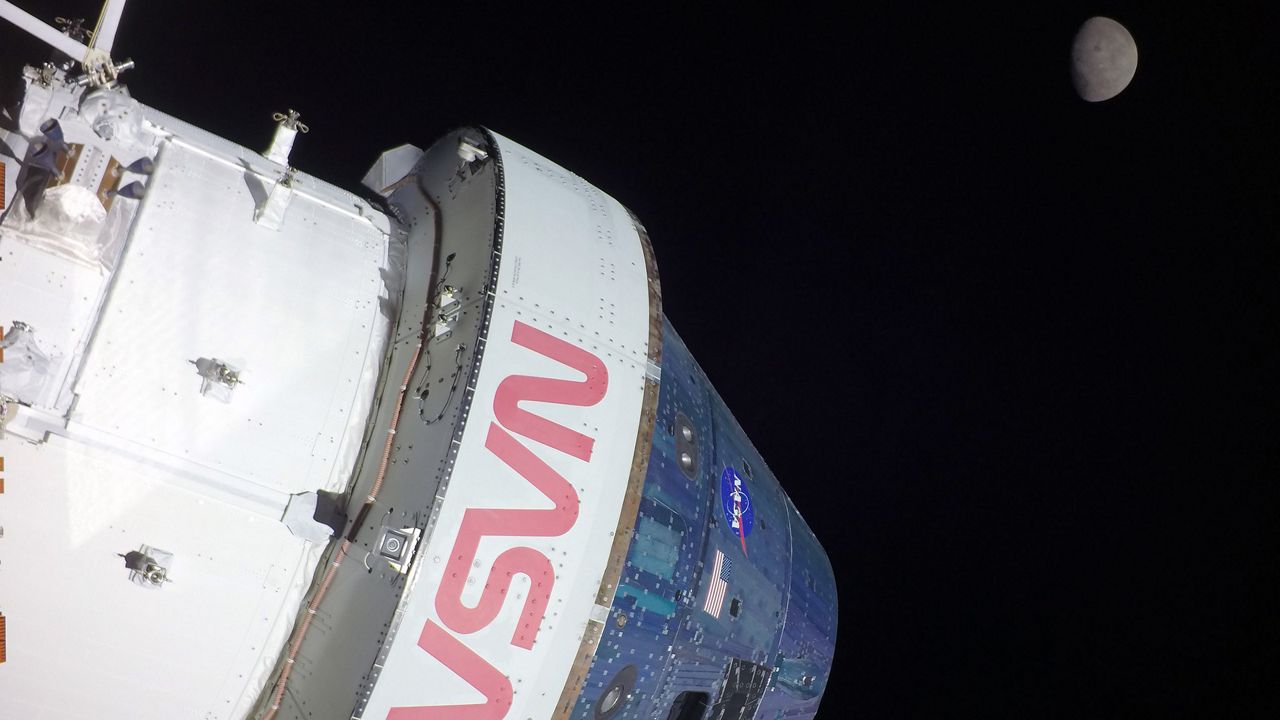As NASA prepares to send off the DAVINCI mission to the planet Venus, experts say there is a lot about Earth’s sister planet that may come as a surprise to many.
As we learned about the DAVINCI mission, let us discover its target: Venus.
What You Need To Know
- Scientists say Venus has a crushing atmosphere with extreme temperatures
- Dr. Amy Williams shares more about Earth's sister
- She also talks about what type of life might be on the planet
- RELATED: NASA prepares DAVINCI probe for hellish Venus mission
The DAVINCI probe is being designed to withstand the crushing pressure, unbearable temperature and sizzling acid rain of the seemingly diabolical planet. But just how terrible are conditions on Venus? Dr. Amy Williams says they are quite bad.
“The already high concentration of carbon dioxide in the atmosphere (more than 96%) and the addition of water vapor moved Venus’ atmosphere toward a positive feedback loop of greenhouse gas generation and a dense atmosphere, which drives forward the extraordinarily high temperatures and pressures at the surface of Venus,” said Williams, a planetary scientist and astrobiologist at the University of Florida.
Williams explained to Spectrum News that the surface temperature is around 900° degrees Fahrenheit, which is hot enough to melt lead.
Along with the heat, pressure on the surface is greater than what a person would experience almost a mile under the Earth’s ocean. Plus, there is no oxygen to breathe on the planet and the clouds contain sulfuric acid, which makes acid rain.
But that doesn't mean there isn't a place on Venus tolerant enough for humans to endure, Williams said.
“Further up in the thick cloud decks, the atmosphere does become somewhat more similar to Earth, with temperatures down to 87°F and pressure closer to 1 bar (the pressure at sea level on Earth), although the clouds are still dominated with CO2 and sulfuric acid,” she said.
Just like her sibling Earth, but also not
There are similarities and differences between Earth and Venus, William said. They are both close in size and mass, but Venus has a slow rotation. While it takes about 24 hours for Earth to rotate, it takes Venus 243 Earth days — which is longer than the 225 Earth days it takes the planet to orbit the sun.)
While Earth and the other planets rotate counterclockwise, Venus is the only one in the solar system that rotates clockwise — the only other planet with an unusual rotation is Uranus, which rotates on its side.
From early humans to now, many have had a fascination with Venus. It is known as the morning or evening star due to its brightness. In fact, Williams said the planet’s thick atmosphere is the reason it is so bright in the sky.
“The brightness is due to those thick clouds that reflect most of the visible sunlight that strikes them," she said. "It was easy for early astronomers to pick out in the night sky and track its orbit."
In fact, Williams said many may have noticed how extraordinarily bright Venus has been in the last few weeks — so bright that it can still be seen even during a cloudy night on Earth.
“It appears particularly bright right now because of its position relative to the sun and our view from Earth, called the maximum elongation," she said. "It just passed its greatest eastern elongation on June 4, and therefore appears so bright in addition to its clouds reflecting so much visible light."
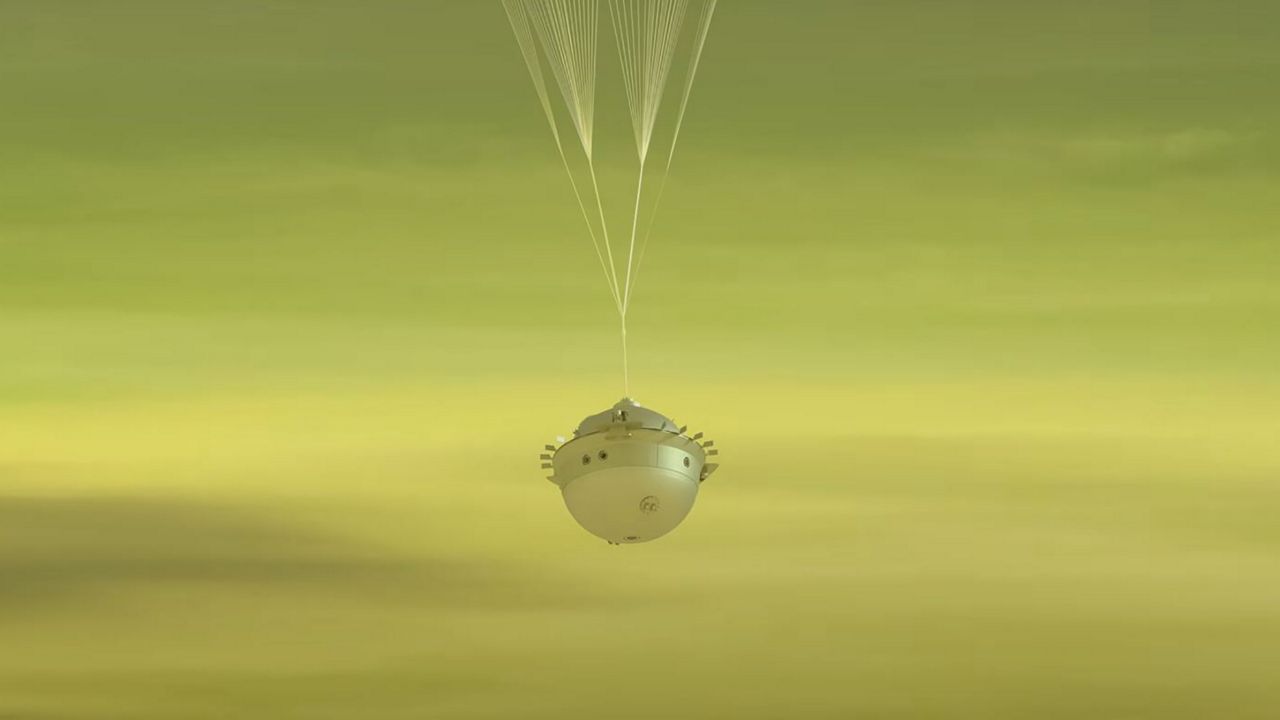
What the DAVINCI mission means
Most of what has been known about Venus comes from older missions, where the technology was far inferior to the tools available today.
“DAVINCI is incredibly exciting because it will give us unprecedented information about the origin, evolution, and present state of Venus in a cross section from the upper cloud decks down to the surface,” Williams said.
Click here to learn more about the DAVINCI mission.
Echoing Dr. James Garvin, the principal investigator of the DAVINCI mission, Williams said the mission will help scientists determine if Venus once had a wet and habitable environment; how Venusian rocks were formed; and what conditions may look like on Venus-like planets outside of the solar system.
Life on Venus?
While Williams said that life as we know it could not survive the conditions on Venus, that doesn't mean some sort of life doesn't exist there.
“We know of no life that could survive the conditions on the modern surface, so that would fall in the category of life-as-we-don’t-know-it. It seems extremely unlikely that life could be there now,” said Williams.
"Conditions in the upper cloud decks are somewhat more quiescent," she added. "So we began asking ourselves what kind of life could survive, permanently lofted in the clouds and surviving those acidic and CO2-rich conditions, albeit at more terrestrial-tolerable temperatures and pressures.”
Williams stressed that the DAVINCI probe is not designed to detect life on Venus, but said it might be possible that future missions could have drone-like vehicles able to stay in the clouds and search for microbial life.
“I think part of the excitement I have for DAVINCI is that it will give us insight into what were, and may still be, habitable environments within a cross section of Venus, expanding our understanding of places where life could have or may still survive beyond Earth,” Williams said.




